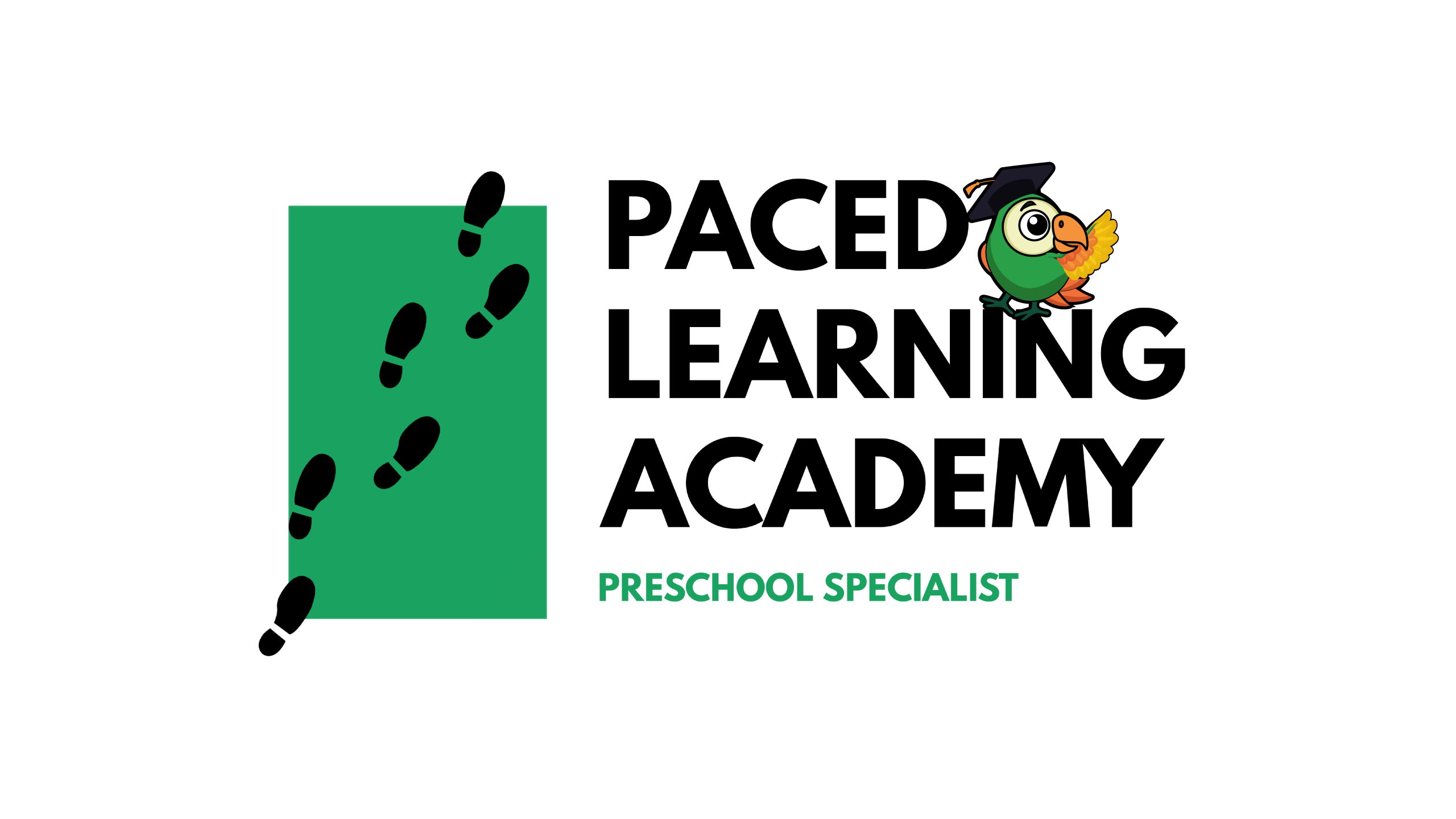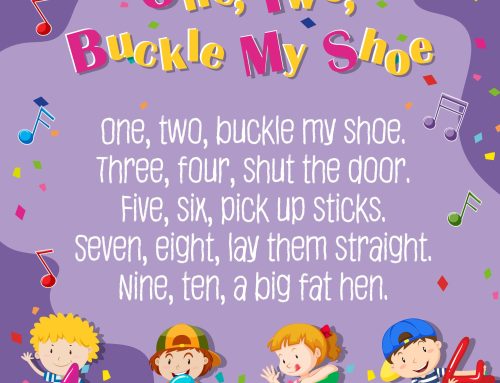
Speech Delays and Reading Struggles: Helping Your Child Overcome Pronunciation Challenges
Speech development and reading skills go hand in hand. When a child struggles with pronunciation, it can impact their ability to recognize, decode, and understand written words. Many parents worry if their child is behind in speech or finds reading difficult, but the good news is that with the right strategies, children can overcome these challenges and become confident readers.
In this guide, we’ll explore:
- The connection between speech development and reading
- Common speech issues that affect literacy skills
- Practical activities and phonics-based techniques to help kids improve pronunciation and reading fluency
If your child has speech delays or difficulties with reading, these insights will help you take the right steps to support their learning journey.
The Link Between Speech Delays and Reading Difficulties
Speech and reading are both language-based skills. Children learn to speak before they learn to read, so any difficulties in verbal communication may also affect their literacy development. Here’s how they are connected:
1. Phonemic Awareness and Pronunciation
- Phonemic awareness is the ability to hear, identify, and manipulate individual sounds (phonemes) in words. Children with speech delays may struggle with this skill, making it harder to pronounce words correctly and recognize them in print.
- Example: If a child has difficulty with the “sh” sound, they may struggle to hear the difference between “ship” and “sip,” affecting both their pronunciation and reading comprehension.
2. Letter-Sound Recognition (Phonics Skills)
- Reading requires a child to connect letters with their corresponding sounds. If a child struggles with saying certain sounds, they may also have trouble recognizing and remembering letter-sound relationships.
- Example: A child who pronounces “cat” as “tat” might not recognize the correct “C” sound in written words, making it difficult to decode similar words like “cap” and “cab.”
3. Reading Fluency and Confidence
- Children with speech delays may find reading aloud challenging because they fear mispronouncing words. This can lead to hesitancy, lack of fluency, and lower confidence in their reading abilities.
- Example: A child who stumbles over words like “spoon” (saying “poon”) may avoid reading books with complex words, limiting their exposure to new vocabulary.
4. Spelling and Writing Difficulties
- If a child mispronounces words, they may also spell them incorrectly when writing. This is because they rely on how words sound when trying to spell them.
- Example: A child who says “wabbit” instead of “rabbit” may write “wabit” because they are unaware of the correct phonetic structure.
Common Speech Issues That Impact Reading
Understanding your child’s specific pronunciation challenges can help tailor your approach to reading support. Speech difficulties often affect how children recognize, decode, and spell words, making early intervention crucial for literacy development. Below are some common speech patterns that can impact reading and writing skills:
1. Substitutions – Replacing One Sound with Another
What happens?
Children replace one sound with another, usually because the correct sound is difficult for them to articulate. This is common in younger children who are still developing their speech muscles and phonemic awareness.
Examples:
- Saying “wabbit” instead of “rabbit” (substituting “w” for “r”)
- Saying “tat” instead of “cat” (substituting “t” for “k”)
- Saying “fumb” instead of “thumb” (substituting “f” for “th”)
How this affects reading:
- Children may struggle to recognize the correct phonetic sounds in words when reading.
- They may have difficulty distinguishing similar-sounding words, such as “cat” vs. “tat” or “rabbit” vs. “wabbit.”
- Spelling errors may occur because they write words based on how they mispronounce them.
How to help:
- Practice minimal pairs (words that differ by just one sound), e.g., “cat” vs. “bat.”
- Use mirrors to help children see how their mouth moves when making sounds.
- Engage in tongue and lip exercises to strengthen speech muscles.
2. Omissions – Leaving Out Sounds
What happens?
Children omit certain sounds from words, often at the beginning, middle, or end. This can occur because they haven’t fully developed their ability to segment and blend sounds together.
Examples:
- Saying “ca” instead of “cat” (missing the final “t” sound)
- Saying “boo” instead of “blue” (omitting the “l” sound)
- Saying “nana” instead of “banana” (skipping the first syllable)
How this affects reading:
- Children may not recognize or pronounce full words when reading aloud.
- They may struggle with spelling because they don’t perceive all the sounds in a word.
- It can affect comprehension, as omitting sounds may lead to misunderstandings (e.g., “ca” could be mistaken for “car” or “can”).
How to help:
- Encourage slow and exaggerated pronunciation of words.
- Clap out syllables to help them hear the missing sounds.
- Use visual word mapping, underlining missing letters to emphasize their presence.
3. Distortions – Mispronouncing Sounds
What happens?
Children say sounds incorrectly, often due to difficulties in tongue or lip placement. Unlike substitutions, where one sound is replaced with another, distortions result in unclear articulation of the intended sound.
Examples:
- Lisping on “s” sounds, making “sun” sound like “thun.”
- Slurring words together, making “spoon” sound like “sfoon.”
- Pronouncing “r” with a distorted sound, such as “wun” instead of “run.”
How this affects reading:
- Children may have trouble recognizing and distinguishing certain letter sounds.
- Their spelling may be inconsistent if they spell words based on distorted pronunciations.
- It can affect reading fluency if they struggle with specific sounds in words.
How to help:
- Use tongue placement exercises, like saying “ssss” while holding a smile to fix a lisp.
- Have the child listen to correct pronunciations through audiobooks or phonics songs.
- Break words into smaller sound units to focus on articulation.
4. Additions – Adding Extra Sounds
What happens?
Children insert extra sounds or syllables into words, which can change their structure and make it difficult to recognize the correct form. This often happens when children try to simplify complex words for easier pronunciation.
Examples:
- Saying “puhlay” instead of “play” (adding an extra vowel sound)
- Saying “animamal” instead of “animal” (repeating a syllable)
- Saying “buh-lue” instead of “blue” (inserting an extra vowel)
How this affects reading:
- Children may misread words by adding extra sounds, leading to confusion with similar words.
- Their spelling may reflect added sounds, such as writing “buh-lack” instead of “black.”
- Reading fluency may be disrupted if they pause or hesitate when encountering unfamiliar words.
How to help:
- Focus on syllable breakdowns, clapping out correct syllables.
- Use visual cues, such as finger-tracking under each syllable.
- Have children practice saying words slowly and clearly without extra sounds.
How to Help Kids with Speech Delays Improve Reading Skills
If your child struggles with speech and reading, try these targeted strategies to strengthen their phonics skills and pronunciation:
1. Build Phonemic Awareness with Fun Sound Games
Phonemic awareness is a crucial skill for early reading success. Engage your child in activities that help them recognize, segment, and manipulate sounds in words.
- Rhyming Games – Play “What rhymes with cat?” and encourage them to say “bat,” “hat,” and “mat.”
- Clapping Syllables – Break words into syllables by clapping (e.g., “but-ter-fly” = three claps).
- Sound Sorting – Show pictures of objects and ask your child to group them by their beginning sounds.
2. Use Multi-Sensory Phonics Activities
Children with speech difficulties often benefit from hands-on, multi-sensory learning methods.
- Tracing Letters While Saying the Sound – This reinforces letter recognition and pronunciation.
- Using Playdough or Sand – Have them form letters while practicing the corresponding sounds.
- Tapping Out Sounds – Ask them to tap their fingers as they say each sound in a word (e.g., /c/ – /a/ – /t/).
3. Encourage Repetitive Reading of Familiar Books
Reading the same books repeatedly helps children gain confidence and improve fluency. Choose books that:
- Have simple, repetitive text (e.g., Brown Bear, Brown Bear, What Do You See?)
- Use rhyming patterns to reinforce sounds (e.g., Dr. Seuss books like Hop on Pop)
- Contain predictable sentence structures that allow them to anticipate words
4. Practice Reading Aloud Together
- Echo Reading – You read a sentence, and your child repeats it.
- Choral Reading – Read together at the same time to model correct pronunciation.
- Pausing for Word Guessing – Let your child guess a word based on context clues.
5. Break Words Into Smaller Parts (Blending & Segmenting)
Help your child break down challenging words into manageable parts.
- Sound it Out: Say each sound separately: /b/ – /a/ – /t/
- Blend it Slowly: Say the sounds together: baaat
- Say the Whole Word: Finally, say bat normally.
This strategy helps children process sounds more effectively and improves their reading skills.
6. Explore Speech and Phonics Apps
Technology can be a powerful tool to reinforce pronunciation and phonics skills. Try:
- Speech Apps – Articulation Station, Speech Blubs
- Phonics Apps – ABCmouse, Starfall, Teach Your Monster to Read
- Interactive Reading Apps – Reading Eggs
Final Thoughts: Every Child Can Become a Confident Reader
Speech delays can present challenges in early reading, but with patience, practice, and the right approach, children can develop strong literacy skills.
At Paced Learning Academy, our phonics classes incorporate proven techniques to help children master letter sounds, improve pronunciation, and become confident readers.
We offer engaging in-person and online reading programs, along with exciting children’s holiday activities, to make learning both fun and effective. Give your child the support they need to develop strong reading skills—enroll today and boost their confidence!






